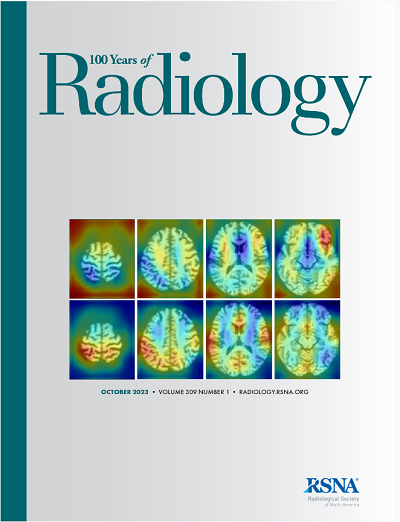
Christopher Lew, Longfei Zhou, Maciej Mazurowski, Murali Doraiswamy, Jeffrey Petrella for the Alzheimer's Disease Neuroimaging Initiative. MRI-based Deep Learning Assessment of Amyloid, Tau, and Neurodegeneration Biomarker Status across the Alzheimer Disease Spectrum, Radiology, Published online 2023.
https://pubs.rsna.org/doi/10.1148/radiol.222441
Purpose
To use deep learning to predict PET-determined ATN biomarker status using MRI.
Methods
MRI and PET data were collected from the Alzheimer’s Disease NeuroImaging Initiative. PET scans were paired with MRI scans acquired within 30 days, from August 2005 to September 2020. Pairs were randomly split into subsets as follows: 70% for training, 10% for validation, and 20% for final testing. A bimodal Gaussian mixture model was used to threshold PET scans into positive and negative labels. MRI data were fed into a convolutional neural network to generate imaging features. These features were combined in a logistic regression model with patient demographics, APOE gene status, cognitive scores, hippocampal volumes, and clinical diagnoses to classify each ATN biomarker component as positive or negative. Area under the receiver operating characteristic curve (AUC) analysis was used for model evaluation. Feature importance was derived from model coefficients and gradients.
Results
There were 2099 amyloid (mean patient age, 75 years ± 10 [SD]; 1110 male), 557 tau (mean patient age, 75 years ± 7; 280 male), and 2768 FDG PET (mean patient age, 75 years ± 7; 1645 male) and MRI pairs. Model AUCs for the test set were as follows: amyloid, 0.79 (95% CI: 0.74, 0.83); tau, 0.73 (95% CI: 0.58, 0.86); and neurodegeneration, 0.86 (95% CI: 0.83, 0.89). Within the networks, high gradients were present in key temporal, parietal, frontal, and occipital cortical regions. Model coefficients for cognitive scores, hippocampal volumes, and APOE status were highest.
Conclusion
A deep learning algorithm predicted each component of PET-determined ATN status with acceptable to excellent efficacy using MRI and other available diagnostic data.
© RSNA, 2023